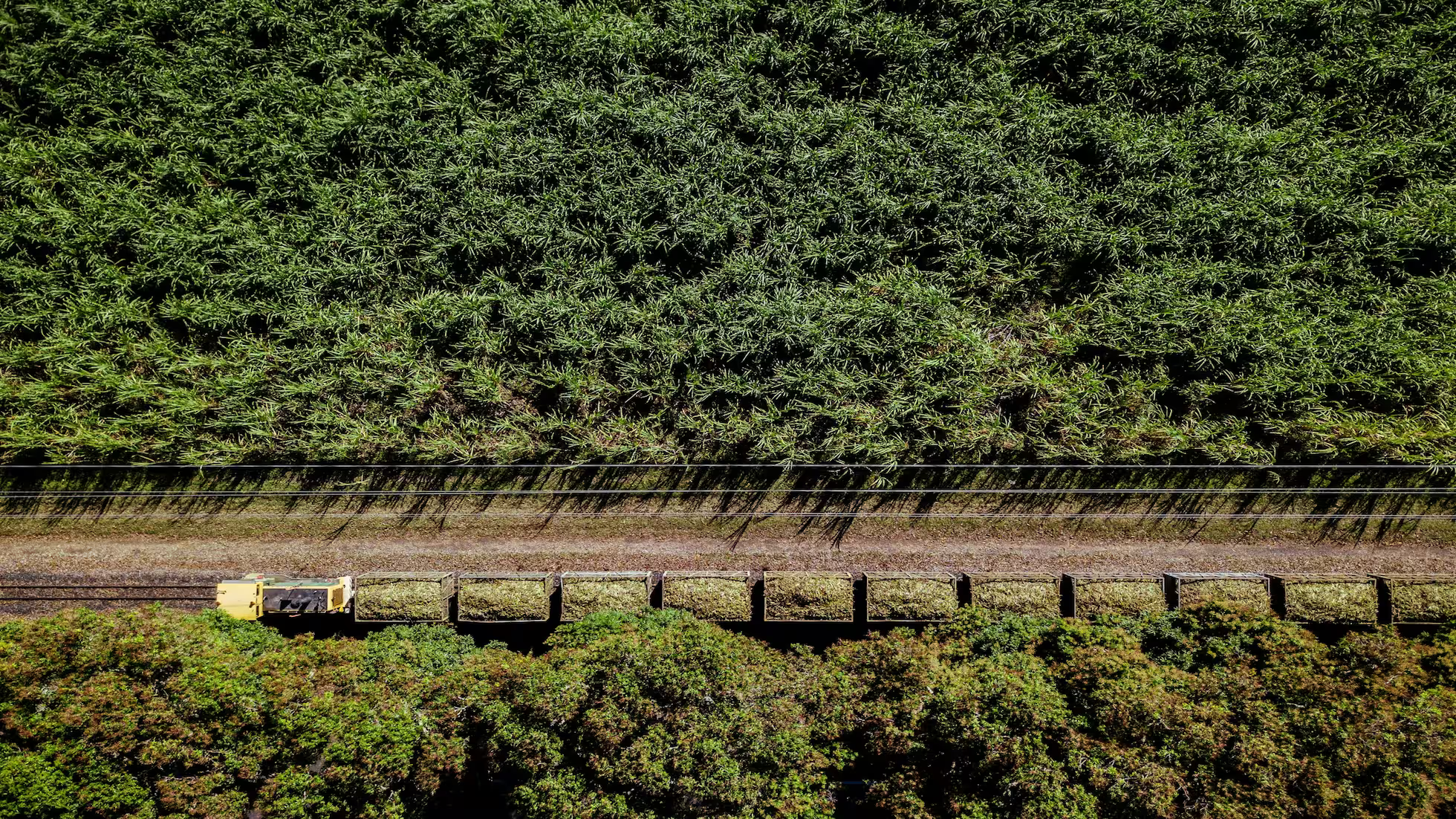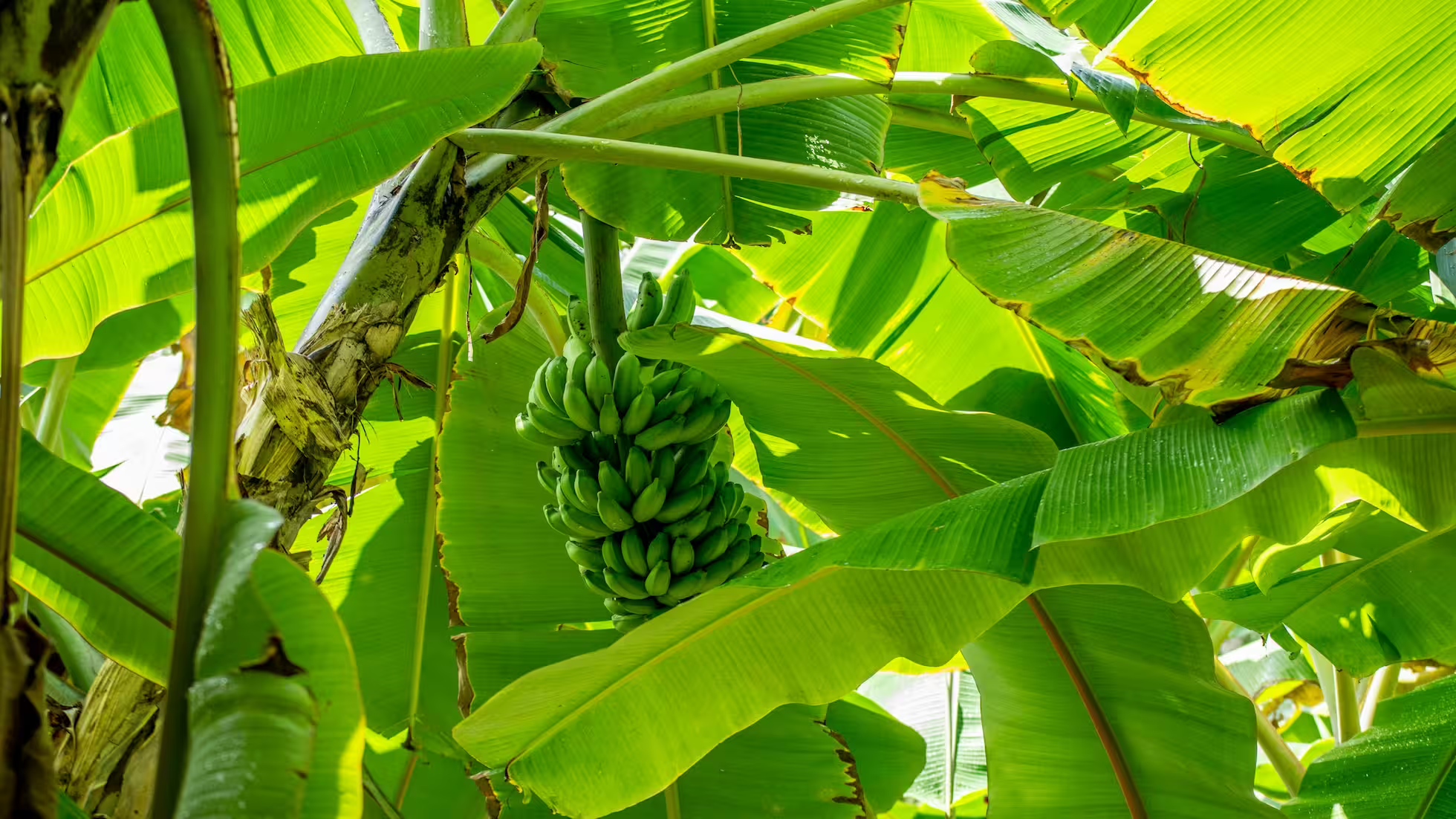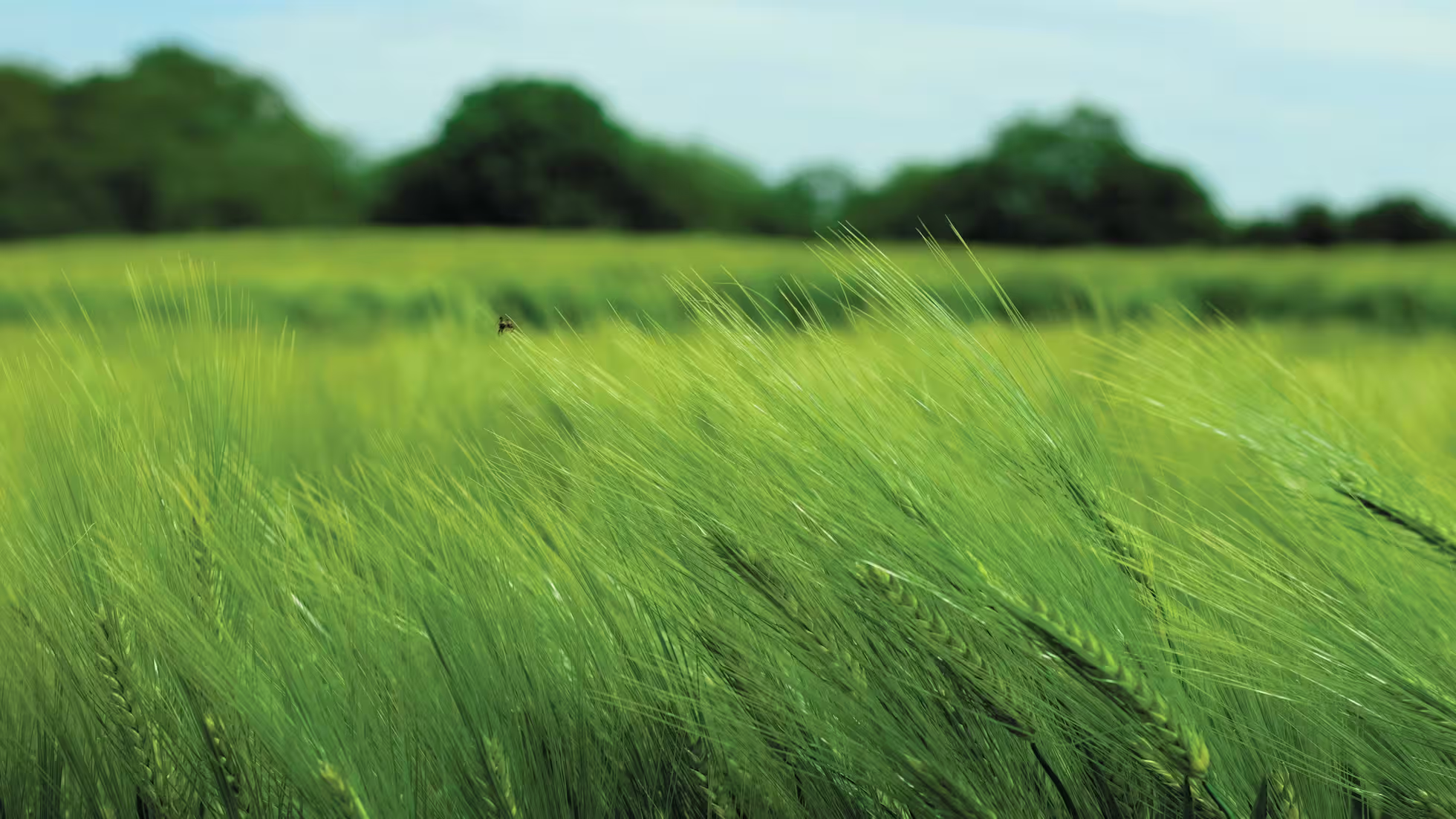Key Technical Points for Sugarcane Production in the Middle and Late Stages

I. Strengthen Field Management
(a) Drainage and Drought Resistance. Recently, the sugarcane areas have experienced varying degrees of continuous rainfall, leading to waterlogging in some areas, affecting sugarcane growth during the elongation phase. Timely drainage operations are essential, along with maintaining drainage and irrigation facilities. Circular drainage ditches should be dug around the fields, and “cross-shaped” or “井”-shaped drainage ditches in the middle to remove rainwater from the sugarcane fields and lower the groundwater level. Since there is a high risk of meteorological drought in the fall, particularly in hilly and sloping areas, water diversion channels can be dug, and existing irrigation facilities can be used to prepare for drought resistance.
(b) Wind and Lodging Resistance. Continuous rainfall, strong winds, or typhoons can easily cause sugarcane lodging. Sugarcane plants should be propped up in time, tying two rows of sugarcane together into an “A”-shaped bundle or tying several neighboring plants together to keep them upright. After 15 days of recovery, the ties can be removed.
(c) Rational Fertilization. Continuous rainfall can cause soil fertility loss. Based on the sugarcane growth, a one-time fertilization can be applied, with 20 kg of sugarcane formula compound fertilizer or 10 kg of urea, 20 kg of phosphate, and 5 kg of potash per mu. This helps promote sugar accumulation and yield formation. At the same time, soil should be hilled up around the roots to enhance lodging resistance.
(d) Leaf Stripping for Ventilation. In the fall, sugarcane grows rapidly, leading to dense canopy coverage. Timely removal of dead leaves can improve ventilation and light conditions, reduce nutrient consumption, and prevent pest and disease outbreaks, thus increasing sugar yield and content.
II. Strengthen Pest and Disease Control
In the middle and late growth stages of sugarcane, high temperatures and humidity can lead to alternating outbreaks of pests and diseases, affecting sugar yield and quality. Regular field inspections should be conducted, and comprehensive pest and disease control should be implemented. Major pests and diseases include top rot, brown stripe disease, red rot, rust, thrips, borers, armyworms, and mealybugs. Fungicides such as triadimefon and azoxystrobin can be used for disease control, while insecticides like acetamiprid or imidacloprid can be used for pest control. It is recommended to mix fungicides, insecticides, foliar fertilizers, and adjuvants based on field inspections, using drones or high-pressure sprayers to improve efficiency and effectiveness.
III. Optimize Harvesting Operations
Sugarcane harvesting should follow the principle of “harvesting early-maturing varieties first.” Sugarcane should be harvested at its technological maturity stage. Early harvesting can affect sugar quality and regrowth for the following season. Harvest typically begins from late November to late December. It is advisable to harvest sugarcane on sunny days, and if possible, mechanical harvesting or step-by-step harvesting should be adopted.
IV. Implement Sugarcane Autumn Planting
Sugarcane autumn planting refers to planting between the beginning of autumn and the beginning of winter, which will be harvested the following year. It is an important method to increase sugarcane yield. High-yield, high-sugar, and strong-rooted sugarcane varieties are recommended. Before planting, deep tillage and adequate base fertilization should be carried out. After planting, herbicides should be applied in time to ensure a clean field.


